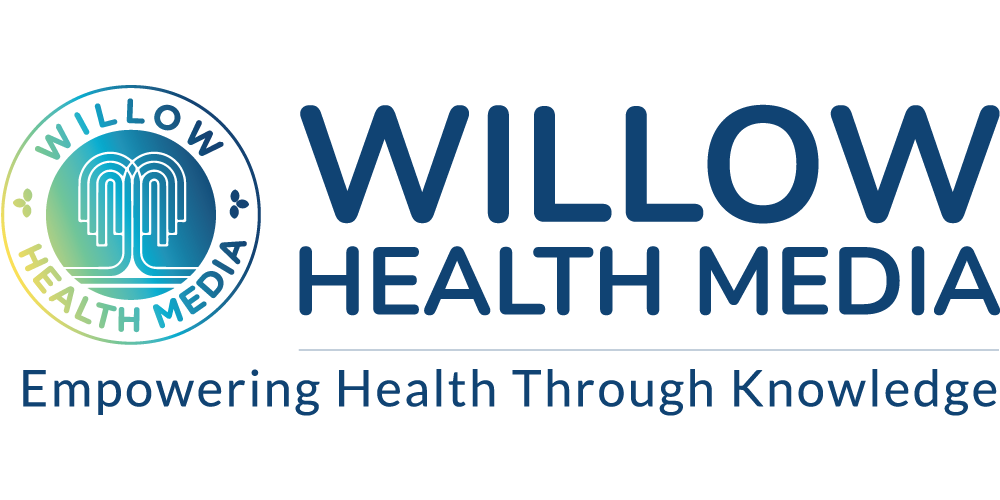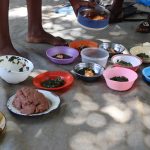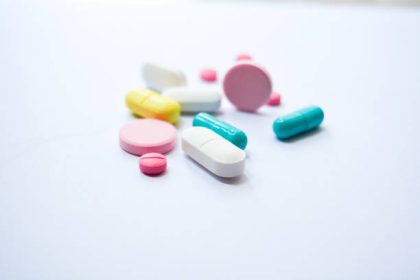A few days later, he went into septic shock and was admitted to the ICU to prevent multi-organ failure
A 50-year-old man with well-controlled type 2 diabetes fell while jogging and sustained a deep cut on his leg. Concerned about the possibility of an infection, Bashara (not his real name) decided to self-prescribe a leftover dose of amoxiclav from a previous throat infection. He didn’t follow the recommended treatment regimen and, therefore, ended up taking an incomplete dose of the drug.
A week later, fever came calling. His wound became red, purulent, swollen, and painful upon slight movement. Bashara finally decided to seek medical attention and was diagnosed with a severe bacterial infection at the hospital. Unfortunately, the initial dose of antibiotics was ineffective because the bacteria had developed resistance to amoxiclav.
Bashara was hospitalized. Microbial culture and sensitivity testing were conducted to identify the bacterial culprit and determine the appropriate antibiotic. The test revealed that the infection was caused by Methicillin-Resistant Staphylococcus aureus (MRSA) bacteria. He was treated with intravenous (IV) vancomycin, which is an injectable antibiotic.
Despite the new antibiotic regimen, his condition deteriorated rapidly due to the delay in receiving effective treatment after sustaining the injury. A few days later, he went into septic shock and was admitted to the ICU for close monitoring to prevent multi-organ failure.
He was also on mechanical ventilation due to respiratory distress caused by sepsis
Sepsis is a complication of severe bacterial infection. As the infection continues to spread via blood circulation, the body’s immune system goes into overdrive, triggering widespread inflammation of tissues and organs. Septic shock is a severe form of sepsis. It manifests with dangerously low blood pressure, resulting in insufficient blood supply to organs.
Bashara was switched to linezolid, an IV antibiotic effective against MRSA when vancomycin is unsuitable. He was also on mechanical ventilation due to respiratory distress caused by sepsis, vasopressor medications to raise and maintain his blood pressure, IV fluids for hydration, and blood volume maintenance.
As a diabetic patient, he was also on continuous insulin infusion for precise control of blood glucose. His blood glucose levels were monitored hourly to guide insulin dosing. Luckily, after several weeks of aggressive treatment, his condition stabilized. However, he had a long recovery period.
What is my worst fear as a pharmacist? Antimicrobial Resistance (AMR).
This global and silent pandemic transforms manageable infections into ceaseless battles, leaving pharmacists and other medical professionals grappling with limited options to protect their patients and the future of healthcare.
A staggering 45,800 deaths in Kenya resulted from Antimicrobial Resistance in 2019
AMR occurs primarily when disease-causing micro-organisms like bacteria, fungi and parasites develop mechanisms to protect themselves from the effects of antimicrobial drugs such as antibiotics and antifungals, making infections difficult to treat. AMR develops secondary to either antimicrobial misuse or overuse.
In 2019, a pivotal study by the Global Research on Antimicrobial Resistance (GRAM) project revealed that 1.27 million global deaths from drug-resistant infections were attributable to AMR, exceeding the number of deaths from HIV. The study also found that 45,800 deaths in Kenya resulted from AMR, with 8,500 deaths (18.56%) and 37,300 deaths (81.44%) attributed to and associated with AMR, respectively.
Had Bashara sought medical attention soon after his injury, he likely would have spared himself the unnecessary and avoidable trauma that he later experienced. His wound would have been cleaned and dressed, and an antibiotic ointment prescribed to prevent a bacterial skin infection. A tetanus toxoid vaccine would have been administered if the wound was contaminated with bacteria or caused by a rusty object to prevent tetanus infection.
The economic analysis of AMR in Bashara’s case highlights the financial and healthcare burden associated with delayed treatment of drug-resistant infections.
ICU admission deposits range from Ksh130,000 to Ksh650,000 due to intense care and advanced monitoring
Late treatment required the use of more toxic and expensive reserve antibiotics. A 500mg vial of vancomycin retails for about Ksh400 – Ksh878, whereas one 300ml, 2mg/ml Linezolid injection is about Ksh2,700 depending on the brand and the pharmacy.

ICU admission is an expensive affair. High costs are due to intense care and advanced monitoring. A survey by the Kenya Medical Practitioners and Dentists Council (KMPDC) in March 2021 revealed that ICU admission deposits ranged from Ksh130,000 to Ksh650,000 for private hospitals. Other sources estimate the daily ICU charges in public hospitals to range from Ksh3,360 to Ksh4,480.
Bashara experienced indirect costs, including reduced productivity from an extended recovery period, which resulted in lost income. Additionally, his family encountered financial and emotional difficulties because of their time away from work and caregiving duties.
Delayed treatment of antibiotic-resistant infections leads to high morbidity and mortality rates, further straining our healthcare system.
High demand for antibiotics is fueled by desire for rapid symptom eradication
A projection from the World Bank indicates that AMR could lead to a loss of over five percent of Gross Domestic Product (GDP) in low-income countries, potentially pushing up to 28 million people, primarily in developing countries, into poverty by 2050.
The high demand for antibiotics by consumers is fueled by the desire for rapid symptom eradication. Self-prescription of antibiotics is harmful to both our health and finances over time. To win the fight against antimicrobial resistance in Kenya, antimicrobial agents must only be used when prescribed and as directed by medical professionals. The need for antibiotics can be decreased and infections can be avoided by taking simple measures such as practicing good hygiene, getting vaccinated, and completing the entire course of medication.
Despite tough economic times, pharmacies that sell antibiotics over the counter for profit should cease doing so, and prioritize public health instead, by dispensing antibiotics rationally.
In their systematic review of pharmacist-led Antimicrobial Stewardship (AMS) programs in Sub-Saharan Africa, Phanice Ajore Otieno and fellow researchers found that pharmacist-led interventions resulted in improved adherence to antimicrobial treatment guidelines while lowering antimicrobial therapy and healthcare costs.
In hospitals, pharmacists should provide training to other healthcare workers on proper antibiotic prescribing practices. They should also monitor antibiotic use and resistance trends to promote evidence-based decision-making in patient care.
Raising awareness and understanding of Antimicrobial Resistance
The Ministry of Health has developed several policies to address AMR in Kenya, with the latest one being the National Action Plan (NAP) on Prevention and Containment of Antimicrobial Resistance (2023-2027).
This plan emphasizes several key strategic objectives, which are establishing strong governance and coordination structures, raising awareness and understanding of AMR, enhancing knowledge through improved surveillance and research, reducing infection rates, promoting the responsible use of antimicrobial agents, and ensuring long-term investment to effectively combat AMR.
The National Antimicrobial Stewardship Interagency Committee (NASIC) and NASIC Technical Committee are responsible for overseeing and guiding AMR-related activities. The government intends to ensure the success of this plan in 2027 by adopting the One-Health approach. This strategy emphasizes coordinating efforts across human, veterinary, and environmental health sectors to address antimicrobial resistance comprehensively.
Lastly, by combining our efforts in the quest to eradicate AMR, we stand a chance of preserving the efficacy of essential antibiotics for our generation and future generations.
Dr Sharon Wambua is a pharmacist and creative non-fiction writer





















